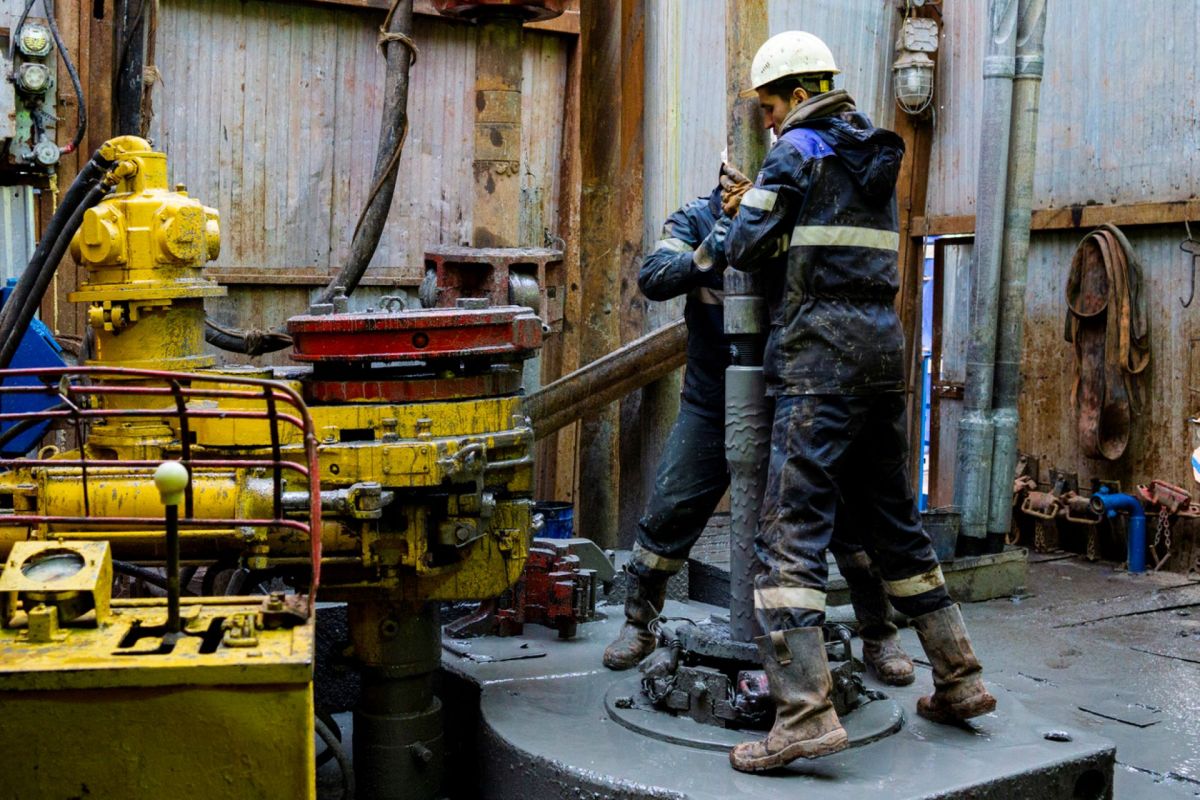Dirty energy sources have been killing our planet for decades, and now new evidence shows they're too often killing the men and women who work with them, even in modern times.
What's happening?
Workers in the fossil fuel industry are dying all across the country, and despite warnings from the U.S. government, oil companies seem to be doing very little about it.
The deaths have been attributed to a dangerous practice called manual gauging, which is the process of testing the fluid in an oil or gas tank before using it. The Guardian reported that between 2010 and 2014, nine workers died from manual gauging and that after several deaths occurred, the U.S. government warned oil companies of the dangers of the practice.
Oil companies did little or nothing in response, and at least a dozen more related fatalities have been reported since 2016.
Meanwhile, the National Institute for Occupational Safety and Health and the Occupational Safety and Health Administration have identified multiple health and safety risks to workers who manually gauge from exposure to hydrocarbon gasses and vapors.
Additionally, a 2013 study reported that the oil and gas industry has a worker fatality rate seven times higher than the national average.
Sharon Wilson, an environmental advocate who researches methane emissions, carries an optical gas imaging camera capable of viewing emissions from tanks. This means that she sees the gases emitted from the thief hatch on top of the tank. That's not visible to workers.
She told the Guardian that when she sees a worker opening a thief hatch, "it can look like a volcano erupts."
"It's terrifying because I know when I see a worker walking up the stairs, I know what they're gonna do and I know that I could sit there on the side of the road and watch a worker die," Wilson added.
Why is this information important?
Exposure to high levels of hydrocarbon vapors is killing people. While the average person will likely not be exposed at this level, hydrocarbons are found in many common products, and hydrocarbon toxicity affects more than 30,000 Americans per year, sometimes even leading to death.
"These oil and gas vapors are breathed into the lungs and cross over very quickly into the blood," said Dr. Robert Harrison, an occupational medicine physician from UC San Francisco who has been involved in reporting these deaths. "If the breathing centers shut down, you don't get enough oxygen into your body. Then you starve your heart of oxygen and the heart stops working. So that's probably what happens in most of the cases."
What's being done to stop people from dying?
Sadly, the oil companies are doing little to protect their workers, even after being prompted to do so by the government. The American Petroleum Institute updated its guidelines in response to a 2016 OSHA alert to recommend best practices such as using electronic gauges to replace the need for manual gauging. Those are becoming more common "on some federal land managed by the Bureau of Land Management, and on new tanks, but manual gauging remains a common practice on private land," the Guardian reported.
As individuals, we can reduce our reliance on dirty energy sources, and thus reduce the demand for them and help push for cleaner and safer energy sources.
We can invest in using clean energy at home, switch to an EV or take public transportation, and advocate for legislation that supports the transition to clean energy.
Join our free newsletter for cool news and actionable info that makes it easy to help yourself while helping the planet.









